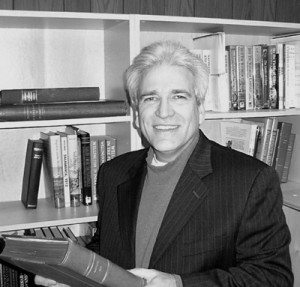Based on “The Long Arm of Mr. Lincoln’s Army” by Dana Lombardy
Q#1 – What famous European general did all West Point students study?
Q#2 – At Gettysburg, what was the ratio of cannons to troops?
Q#3 – During the Civil War, what was the average number of troops required to operate a cannon?
Q#4 – What was the name of the British artillery engineer who invented case shot?
Q#5 – What was the shape of the shell used in a civil war rifled artillery cannon?
Q#6 – What was marked on each paper fuse plug used in Civil War artillery?
Q#7 – What phrase was used to describe the volume of artillery smoke that covered a battlefield?
Q#8 – At the battle of Gettysburg, what weapon caused the most casualties?
Q#9 – At the beginning of the Civil war, where did the Confederates get the majority of their cannons?
Q#10 – What was the tactical advantage to having more batteries with fewer cannon in each?
Q#11 – What was the number of cannon Union General Henry Hunt positioned along Cemetery Ridge in advance of Pickett’s Charge at the Battle of Gettysburg?
Q#12 – During the Confederate artillery barrage that proceeded Pickett’s Charge at the Battle of Gettysburg, what event E. Porter Alexander observe that made him advise General Longstreet to commence Pickett’s Charge?
Q#13 – On July 1, the first day of the Battle of Gettysburg, how many more cannons did the Confederates have when compared to the Union?
Q#14 – What was the term used when one side has more artillery than the other side?
Q#15 – Why was there no artillery reserve in Lee’s Army of Northern Virginia?


